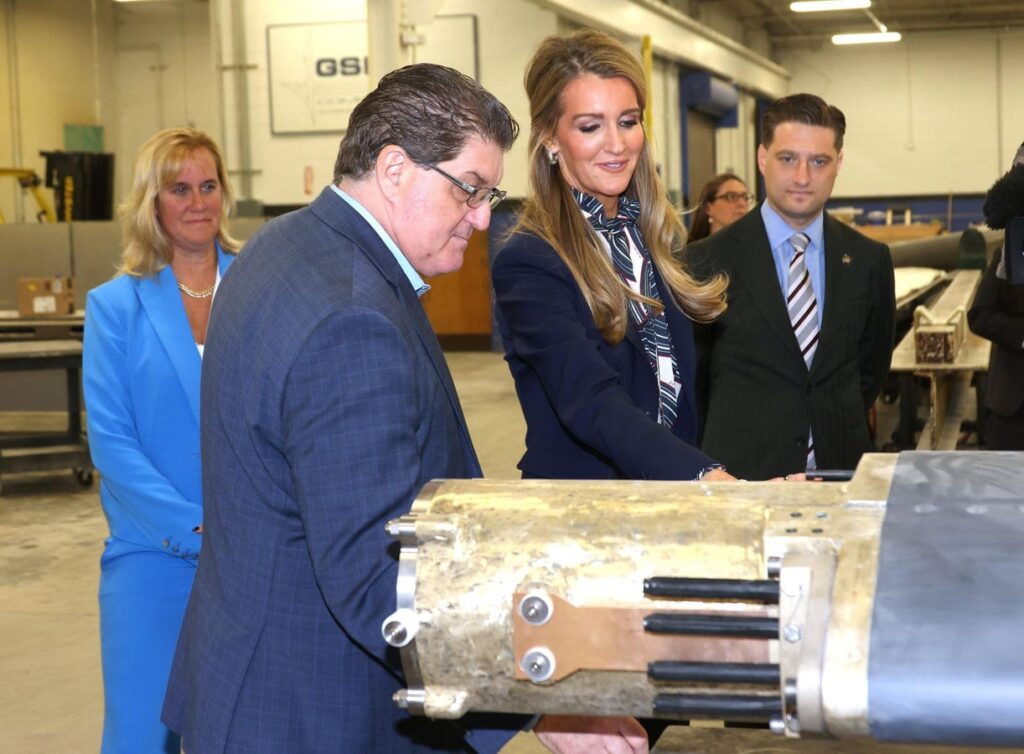The Small Business Administration (SBA) has announced it will eliminate a package of Biden- era policies that dramatically reduced underwriting standards within the 7(a) loan program, which the Trump administration maintains sacrificed its financial integrity and drove up taxpayer liability. As discussed below, the SBA also needs to focus on much-needed technology and underwriting updates.
The agency’s SBA 7(a) loan program guarantees a portion of a loan made by an approved SBA lender to a small business. The agency guarantees up to 85% of loans of $150,000 or less, and up to 75% of loans greater than $150,000 (with the maximum loan amount being $5 million.)
SBA 7(a) loans are designed to help small businesses access financing for various business purposes. Made through SBA-approved banks and other lenders, the loans are known for their flexibility, allowing small businesses to use the funds for a variety of purposes, such as:
- Short- and long-term working capital;
- Refinancing current business debt;
- Purchasing and installation of machinery and equipment;
- Purchasing furniture, fixtures, and supplies; and
- Changes of ownership (complete or partial).
The SBA itself does not lend money directly to borrowers. Lenders play a crucial role in the program, both in processing loan applications and in managing the loans after they are funded.
The agency says it is “restoring robust rules to end the era of reckless lending – preserving access to capital for America’s small business owners and safeguarding taxpayer dollars,” according to an April 22 press release.
“The last Administration inherited a thriving 7(a) loan program but left it in critical condition – dismantling every common-sense guardrail that kept it solvent and self-sustaining,” said SBA Administrator Kelly Loeffler, adding that the agency is acting to “restore prudent lending criteria, rein in risk, and save the 7(a) program before it collapses under the weight of bad policy.”
The Trump administration wants to set the bar a little bit higher by upping lender fees, which cover the costs of borrower defaults. This is important because the 7(a) loans provide government-backed capital from private lenders for qualified small businesses that are likely unable to borrow elsewhere. However, in doing so, the SBA is required to operate at “zero-subsidy,” and historically pays for itself through lender fees.
However, the Biden Administration eliminated lender fees and adopted an underwriting standard known as “Do What You Do,” which erased longstanding lending criteria and enabled lenders to approve underqualified borrowers for government-guaranteed loans.
The result? The lending program saw a rise in defaults and delinquencies, which the SBA was unable to cover due to decreased fee income. By 2024, the 7(a) loan program had a negative cash flow of about $397 million – the first instance of negative cashflow in 13 years.
“The Biden-Harris administration’s failure to respect public funds left taxpayers on the hook for $400 million last year, the first negative cash flow since 2011 – during the Obama Administration. These new efforts completely realign the SBA’s vaunted 7(a) program with responsible lending practices, safeguarding taxpayer dollars and ensuring the lending program’s long-term viability for American small businesses and entrepreneurs.”
Last month, the SBA took aggressive action to stop the bleeding and restore lender fees within the 7(a) loan program. The new SOP 50.10.8 will reject the “Do What You Do” underwriting rules and revert lending criteria to the higher, pre-Biden standards. Additionally, the new rule will reinstate and streamline the Franchise Directory to help lenders determine whether certain businesses are eligible to receive an SBA loan.
The Biden administration wanted to do as many loans as possible. While the intentions may have been noble, the result was that loans became too easy to get, in large part due to its mandate to pursue DEI goals. Ultimately, the overall performance of the 7(a) program deteriorated.
This week, I met with the Small Business Committee in the Congress and discussed Biden era SBA lending policies. When loans come too easily, you get bad actors, and that hurts SBA lending overall. For instance, with microloans, non-performing assets jumped up from 1% to close to 5%. By eliminating the lender fees, the SBA suffered the losses.
What The SBA Should Do Now
Throughout its history dating back to the Eisenhower administration, the SBA has helped fuel the American Dream of entrepreneurship and the U.S. economy as a whole by empowering job-creators with the resources and support they need to start, grow, and expand their businesses and/or recover from a declared disaster.
However, the agency is not as efficient as it can and should be.
Improving SBA lending criteria and technology will benefit small businesses dramatically by making it less painful to secure capital, which is the life blood of any growing enterprise. In speaking with officials in Washington, I’ve told the current administration that they need to move away from tax return-driven underwriting and instead focus on cash flow-based underwriting.
That’s what fintechs have always done; it’s the biggest change happening in lending today.
Small businesses have become more asset-light. They need more working capital rather than long-term loans. The problem is that the SBA cannot figure out a way to underwrite working capital loans.
The best way to underwrite working capital loans is by examining cash flow data at any given point of time by looking at monthly statements and quarterly statements. Unfortunately, the government is slower to move than the private sector is.
The good news is that Trump administration is trying to revamp SBA lending. Reinstating the lender fees that cover bad loans is a first step. Regardless of who is in office, the government needs to digitize the process, thereby making it faster and reducing lender risks with greater focus on data analytics to make better informed lending decisions. This will lower the cost of processing loan applications and reduce the time it takes to underwrite these loans.
Business owners often look to borrow money because they need it fast. Meanwhile, SBA loans take the longest time of all types of funding because so much government-required paperwork is involved. When interest rates climbed higher during the Biden administration, the arbitrage between an SBA loan and other types of small business loans went down. SBA loans required so much paperwork that the process became painful, and government standard operating procedures have not been changed in the last 30 years.
Related: Digitization Of Small Business Lending Helps Fill The Lending Gap
Current SBA officials realize that it overdue for technology upgrades to reduce the cost and the time both for these loans, and to provide a better customer experience. Upgrading technology will enable SBA lenders to conduct important ongoing portfolio monitoring. They haven’t modernized in decades, and the time to do it is now.
Read the full article here











